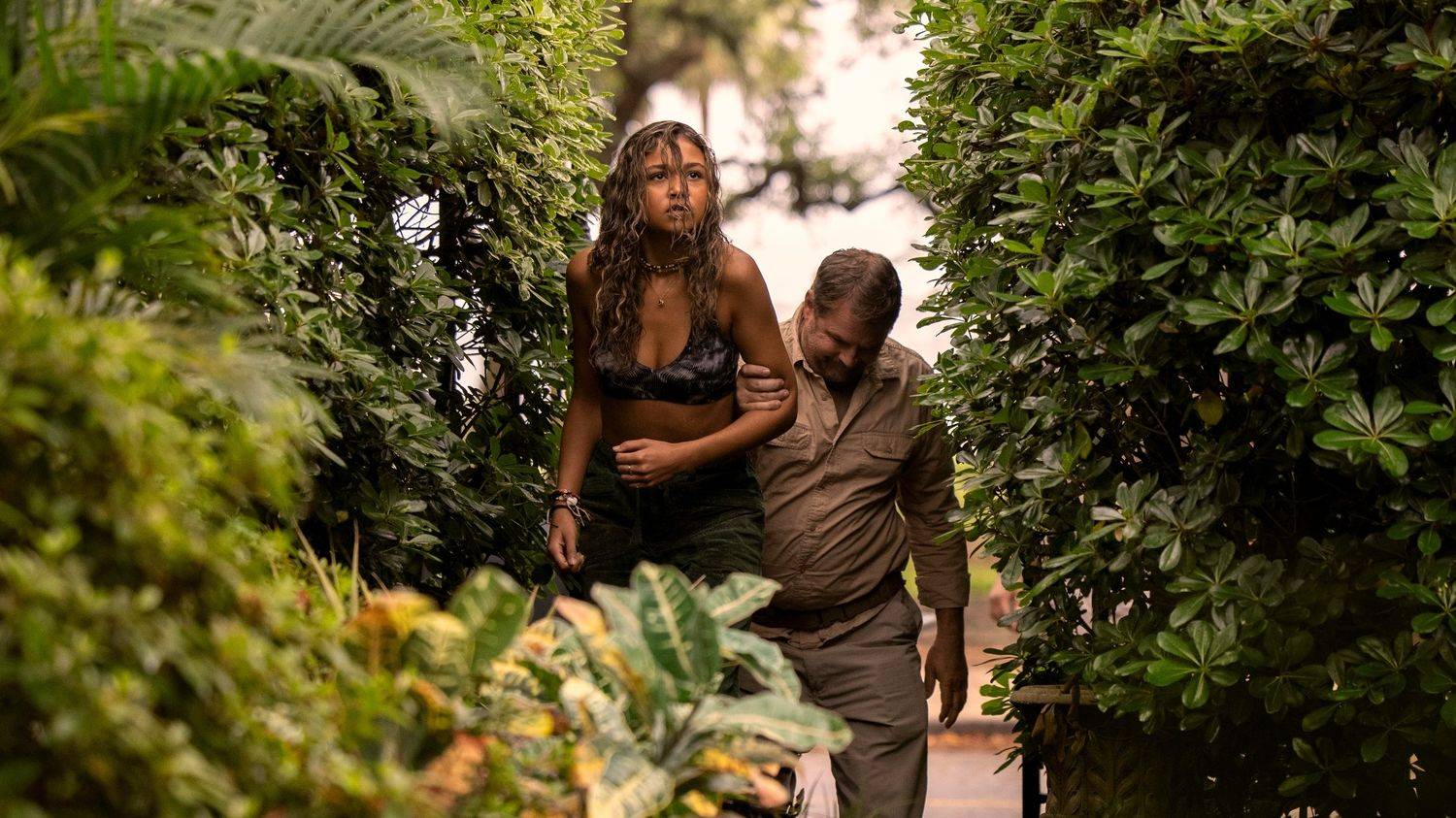Introduction
trails wilderness program death Outdoor wilderness programs have gained popularity in recent years as a way to help troubled youth build character, resilience, and confidence through challenging outdoor experiences. Among these programs, Trails Wilderness Program had garnered attention for its promise to provide therapeutic interventions while immersed in the natural world. However, a series of tragic incidents involving the program has raised serious questions about its safety protocols and the broader industry’s accountability.
must read=Heardle 2000s
Trails wilderness program death
The Deaths at Trails Wilderness Program
trails wilderness program death Trails Wilderness Program has faced severe scrutiny following the deaths of several participants during their wilderness expeditions. These tragedies have shaken the trust of parents and the public in the program’s ability to provide a safe and therapeutic environment for at-risk youth.
One such incident occurred in March 2022 when a 17-year-old participant, Sarah Anderson, succumbed to hypothermia during an overnight camping trip. The circumstances surrounding her death raised alarm bells as it was revealed that the group lacked essential equipment such as adequate sleeping bags and warm clothing. This lack of preparedness on the part of the program’s staff was seen as a grave failure in their duty of care.

trails wilderness program death A few months later, in June 2022, another tragedy struck Trails Wilderness Program. A 16-year-old participant, John Mitchell, drowned during a river crossing exercise. This incident raised questions about the program’s safety protocols and its ability to manage high-risk activities. It was later revealed that the staff responsible for the exercise lacked proper training in water safety, and the equipment provided was outdated and insufficient.
must read=trails carolina
must read=madison dry goods
Program Oversight and Regulation
The Trails Wilderness Program operates in a relatively unregulated industry, which has allowed for inconsistencies in safety standards across different programs. While many wilderness therapy programs provide life-changing experiences and positive outcomes for participants, the lack of comprehensive oversight has allowed subpar programs to operate with minimal accountability.
In the wake of these tragic incidents, there has been a growing call for greater oversight and regulation of wilderness therapy programs. Advocates argue that regulations should include stringent safety standards, staff training requirements, and mandatory reporting of incidents.

Accountability and Legal Actions
The families of Sarah Anderson and John Mitchell are seeking justice for their children’s untimely deaths. They have filed lawsuits against Trails Wilderness Program, alleging negligence and a lack of duty of care. These legal actions have shed light on the program’s practices, and they highlight the need for accountability within the industry.
In addition to the civil suits, there are calls for criminal investigations into the deaths. Some argue that criminal charges should be brought against the program’s staff and leadership if evidence of gross negligence or recklessness is found. This could set a precedent for holding wilderness therapy programs accountable for their actions.
The Role of Parental Consent
One issue that often arises in discussions surrounding wilderness therapy programs is the role of parental consent. Parents of at-risk youth may feel desperate to find help for their children and may not fully understand the potential risks involved in these programs. Informed consent should be a priority, and parents should be provided with clear and accurate information about the program’s safety record, staff qualifications, and the activities their children will engage in.
:format(jpeg)/cdn.vox-cdn.com/uploads/chorus_image/image/50033671/Vox-Wilderness-3.3-Final-BHB.0.0.jpg)
Industry Reforms
The tragedies at Trails Wilderness Program have prompted industry leaders and advocates to push for much-needed reforms. Some proposed reforms include:
- Standardized Safety Protocols: Implementing standardized safety protocols across all wilderness therapy programs to ensure the well-being of participants.
- Staff Training: Requiring staff to undergo comprehensive training in wilderness safety, medical response, and therapeutic techniques.
- Regular Inspections: Mandating regular inspections of program facilities, equipment, and safety measures by independent authorities.
- Transparency: Ensuring transparency in program operations, including incident reporting, and making this information readily available to the public.
- Mental Health Screening: Conducting thorough mental health assessments of participants to ensure that they are suitable candidates for wilderness therapy.
Conclusion
The deaths at Trails Wilderness Program are tragic reminders of the urgent need for accountability and reform within the wilderness therapy industry. While many programs genuinely aim to help at-risk youth, the lack of regulation and oversight has allowed unsafe practices to persist.
It is crucial to prioritize the safety and well-being of participants, and this can be achieved through comprehensive industry-wide reforms, increased transparency, and strict accountability measures. Only then can parents trust that when they send their children to these programs, they will return home safely with the transformative experiences they were promised, rather than facing untimely and preventable tragedies.
